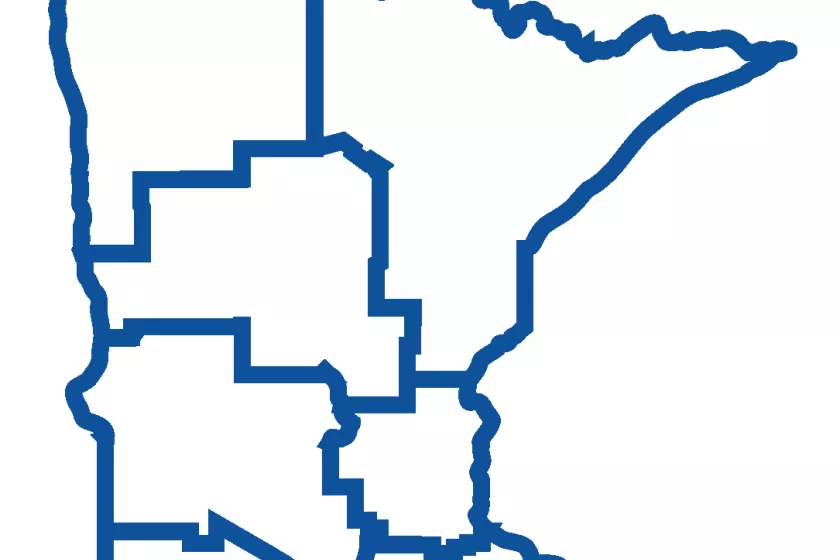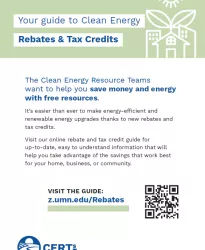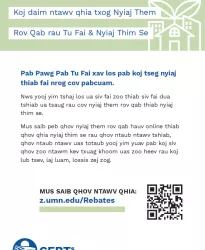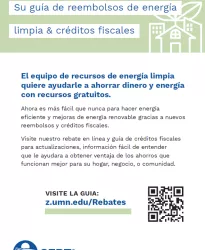The USDA announced a pause in Inflation Reduction Act funded REAP applications [PDF] due to previously received applications requesting more than twice the amount of announced available funding. Applications submitted for the March 31, 2025 deadline are eligible for up to 25% of project costs through the Farm Bill portion of REAP grants. They anticipate accepting REAP IRA applications again on July 1, 2025. Learn more about how CERTs supports renewable energy for Greater Minnesota.
Fiscal year 2025 deadlines:
- December 31, 2024
- March 31, 2025
- September 30, 2025
Now 50% grants for rural businesses, farms and agricultural producers, with the maximum grant size increased to $500,000 for energy efficiency projects and to $1 million for renewable energy systems!
Businesses must be located in rural areas with populations of 50,000 residents or less. Agricultural producers may be in rural or non-rural areas, must have at least 50% of their gross income coming from agricultural operations.
Eligible projects include renewable energy (e.g., solar, wind, biomass) and energy efficiency upgrades (e.g., high efficiency HVAC, insulation, refrigeration, switching from diesel to electric irrigation motors).
Learn more about REAP.
Updated 1/27/2025







